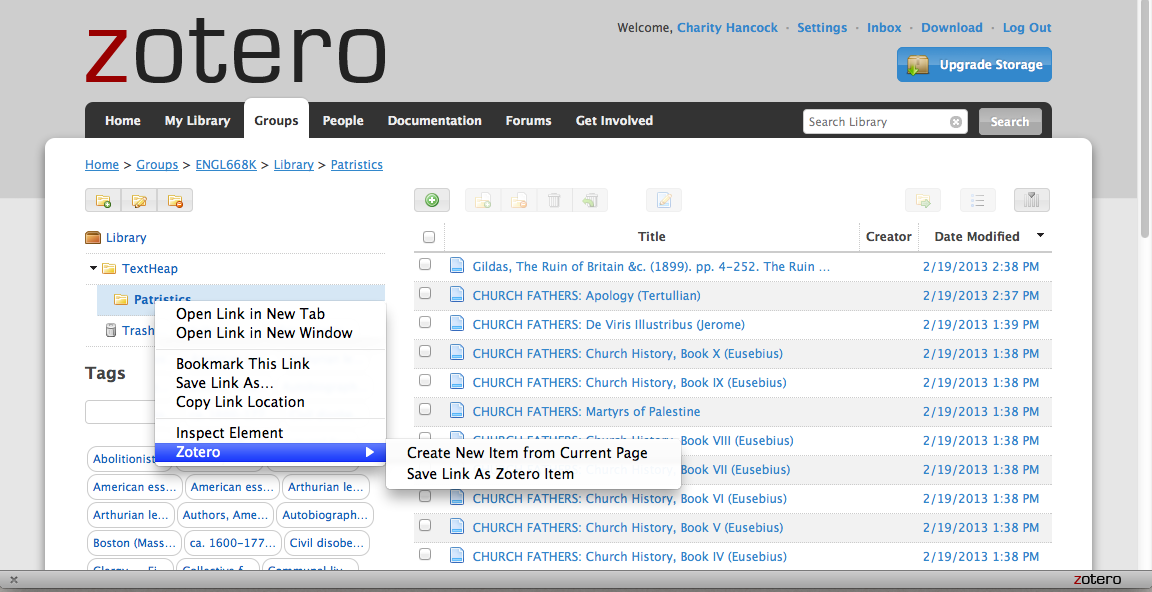So, the title of this post is more for story clarification than actual advice, because I actually don’t know why the Twine story I read bears the title December 11, 2012, beyond perhaps the publication date(?). [SPOILER ALERT] The traumatic event in the story takes place in mid-summer, though the usage of a date as a story title (especially with the subtitle ‘Teddy’) did indicate an in memoriam work. When first approaching this story I glancingly assumed the importance of the date was historical – perhaps something to do with Pearl Harbor (yes, I know, that was December 6th… or 7th…). If I had known it was a story about cats, I definitely wouldn’t have read it, since neither I nor my family has ever owned a cat, and I don’t really care for them that much (the scratching, the snubbing, the hissing). However, in spite of this, I am glad that I was mildly tricked into reading this story, because it was abruptly emotional in a way that made me relate instantly to the author’s affection for his/her cat. Even with the clear foreshadowing, the very snapped-off way the death of Teddy is delivered to readers renders a clear picture of the disbelief one feels when they realize that they have truly seen someone/something alive for the last time, in a moment unrecognized for its significance. For me, that emotional impact was delivered after the news of Teddy’s death, in the lines:
By the time you fly home, Teddy has been euthanized and cremated. His remains are in a box in a drawer…you keep saying you’re going to bury him. You haven’t yet.
I know this has all been personal response so far, so I’m going to take a look at some of the technical aspects of the medium that I think worked to achieve this emotional effect on the reader (aka me). My first thought (and notation) while reading “December 11, 2012: Teddy” was that I liked the use of hypertext as a meta component to the story. I use parentheses and insertion dashes constantly in my informal writing, especially emails, and have to resist their overuse in blog posts (notice how I used a sly comma bracket for “especially emails” to avoid parentheses? oh, dang it). This incorporation of a meta component served to draw the reader closer to the emotional side of the story in moments (the incorporation of Teddy’s picture at the moment it would have the most emotional impact), while in others, paradoxically, the running commentary almost dulled the senses, as the monotony of normalcy is prone to do.
The stacking of the meta story at the bottom was… controversial for me. I jotted down “has linear component, but feels messy – why can’t there just be an inset pop-up that appears and disappears when you click the link?” as well as “really like that is doesn’t redirect,” like the tangential incorporations of the The Choose Your Own Adventure genre. CYOA never appealed to me as a child. I was always convinced that there was a ‘right’ narrative to the book, and so I read anxiously, marking my decisions with fingers tucked into different figurative crossroads, ready to backtrack at a moment’s notice. A little over-controlling, maybe, but my ‘right narrative’ theory seemed pretty valid when I ‘died’ in the course of reading… oh, wait, no I didn’t – let’s skip back to page 37 and choose “Follow man down the gangplank.”
In retrospect, though, the stacking of the “December 11, 2012″‘s details reflects the memories of the author, the compilation of moments that comprise the relationship between pet and pet owner, so I think maybe this stacking worked for this story. I was surprised by how short the story proper was – three short paragraphs that fit onto a single screen – yet the meta commentary took up a space over 5x greater. I’m pretty sure this was an intended point by the author. In a technical sense, I found that I tended to skim right over the titles given to each meta section (a sort of meta for the meta?) – maybe a two-step removal from the story was too much for my preferred reading concentration. Perhaps titling the sections with the word/phrase linking to that section would help the title disappear, yet retain its orientating function (as I perceived it).
Overall, I liked how this story was a hybrid of a fictive narrative and a blog post, in the sense that I was drawn into it emotionally and yet the entire story is, ostensibly, a public tribute to the author’s deceased cat. The same information could be shared by a FB status, “Teddy just died. ![]() I’ll miss that cat a lot,” but without the emotional impact felt when unraveling the story via Twine. That being said, I don’t think my Twine story for next week is likely to focus on the death of my hamster, Nibbles, however I might try my hand at incorporating the meta component that enriched this story so much – there are a lot of different directions one can take this.
I’ll miss that cat a lot,” but without the emotional impact felt when unraveling the story via Twine. That being said, I don’t think my Twine story for next week is likely to focus on the death of my hamster, Nibbles, however I might try my hand at incorporating the meta component that enriched this story so much – there are a lot of different directions one can take this.

























